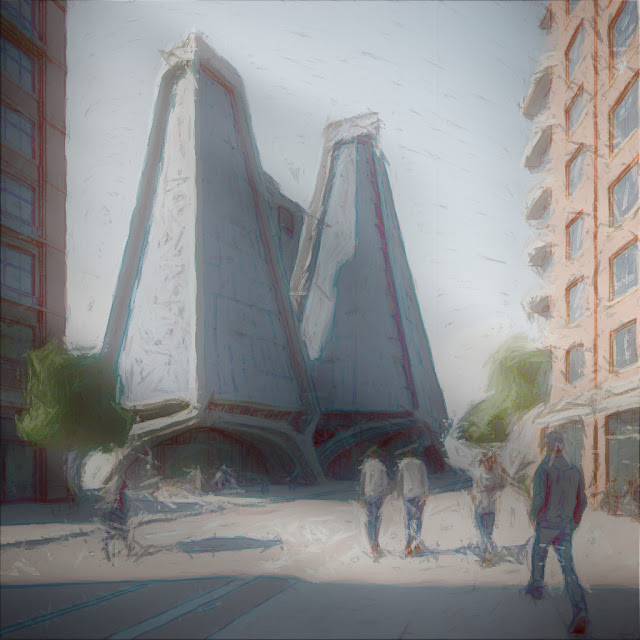Natural light has long been revered as a fundamental element in architectural design, shaping the spatial experience, enhancing visual comfort, and fostering a connection with the natural environment. Architects have recognized the transformative power of natural light, employing various design strategies to harness its potential and create environments that inspire, uplift, and engage occupants. In this article, we delve into the significance of natural light in architecture, exploring its benefits, design considerations, and innovative applications in shaping the built environment.
1. Enhancing Visual Comfort:
Natural light plays a pivotal role in enhancing visual comfort within architectural spaces, providing even illumination, reducing glare, and minimizing visual fatigue. Daylighting strategies such as strategically placed windows, skylights, and light wells allow architects to introduce natural light deep into interior spaces, creating a well-balanced and visually inviting environment. By optimizing the distribution and quality of natural light, architects can enhance the visual clarity, color rendering, and spatial perception of architectural interiors, promoting a sense of well-being and productivity among occupants.
2. Creating Dynamic Spatial Experiences:
Natural light has the ability to transform architectural spaces, creating dynamic and ever-changing environments that respond to the diurnal and seasonal cycles. Architects leverage the interplay of light and shadow to sculpt space, emphasize architectural elements, and create compelling spatial narratives. Daylighting design techniques such as clerestory windows, light shelves, and reflective surfaces enable architects to manipulate the intensity, direction, and distribution of natural light, creating diverse and immersive spatial experiences that evolve throughout the day and across seasons.
3. Promoting Sustainability and Energy Efficiency:
Natural light serves as a sustainable and energy-efficient lighting solution in architecture, reducing the reliance on artificial lighting and lowering energy consumption. Architects integrate passive daylighting strategies such as orientation, shading devices, and high-performance glazing systems to optimize natural light penetration while minimizing heat gain and glare. By maximizing the use of natural light, architects can reduce the need for artificial lighting during daylight hours, resulting in significant energy savings, improved indoor environmental quality, and reduced carbon emissions in buildings.
4. Fostering Connection with Nature:
Natural light fosters a profound connection between occupants and the natural environment, bringing elements of the outdoors into architectural interiors and blurring the boundaries between inside and outside. Architects design spaces that embrace views of nature, celebrate natural phenomena such as sunrise and sunset, and provide opportunities for occupants to interact with daylight throughout the day. By creating environments bathed in natural light, architects cultivate a sense of harmony, tranquility, and well-being that enhances the overall quality of life for occupants.
5. Inspiring Architectural Expression:
Natural light serves as a source of inspiration and creative expression for architects, influencing architectural form, materiality, and spatial composition. Architects design buildings that respond to the unique qualities of natural light, incorporating features such as lightwells, atria, and skylights to capture and manipulate daylight in innovative ways. Natural light becomes an integral part of architectural expression, shaping the visual identity, ambiance, and character of buildings while creating memorable and emotionally resonant architectural experiences.
Conclusion:
In conclusion, natural light is a transformative and essential element in architectural design, shaping the spatial experience, enhancing visual comfort, and fostering a connection with the natural environment. Architects leverage various design strategies to harness the potential of natural light, creating environments that inspire, uplift, and engage occupants while promoting sustainability, energy efficiency, and well-being. By embracing natural light as a design resource and creative inspiration, architects can create built environments that harmonize with nature, enhance the human experience, and leave a lasting legacy of architectural excellence.






















No comments:
Post a Comment